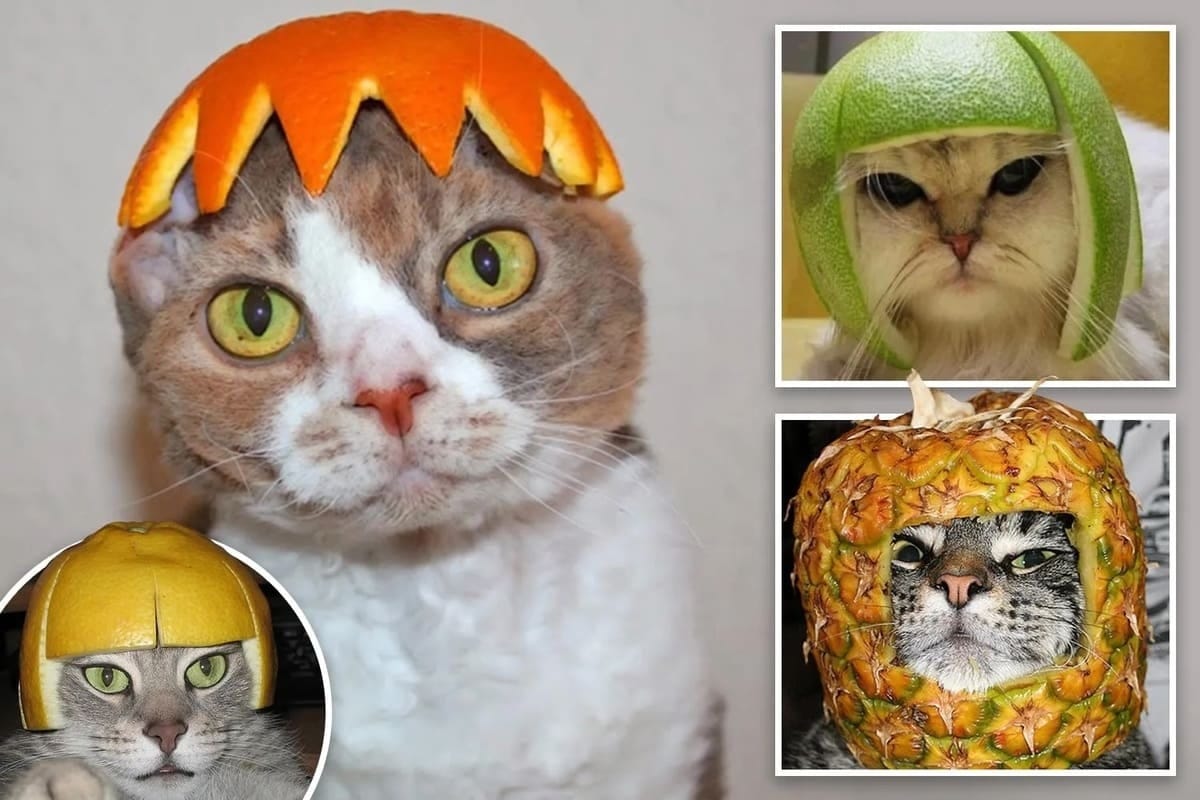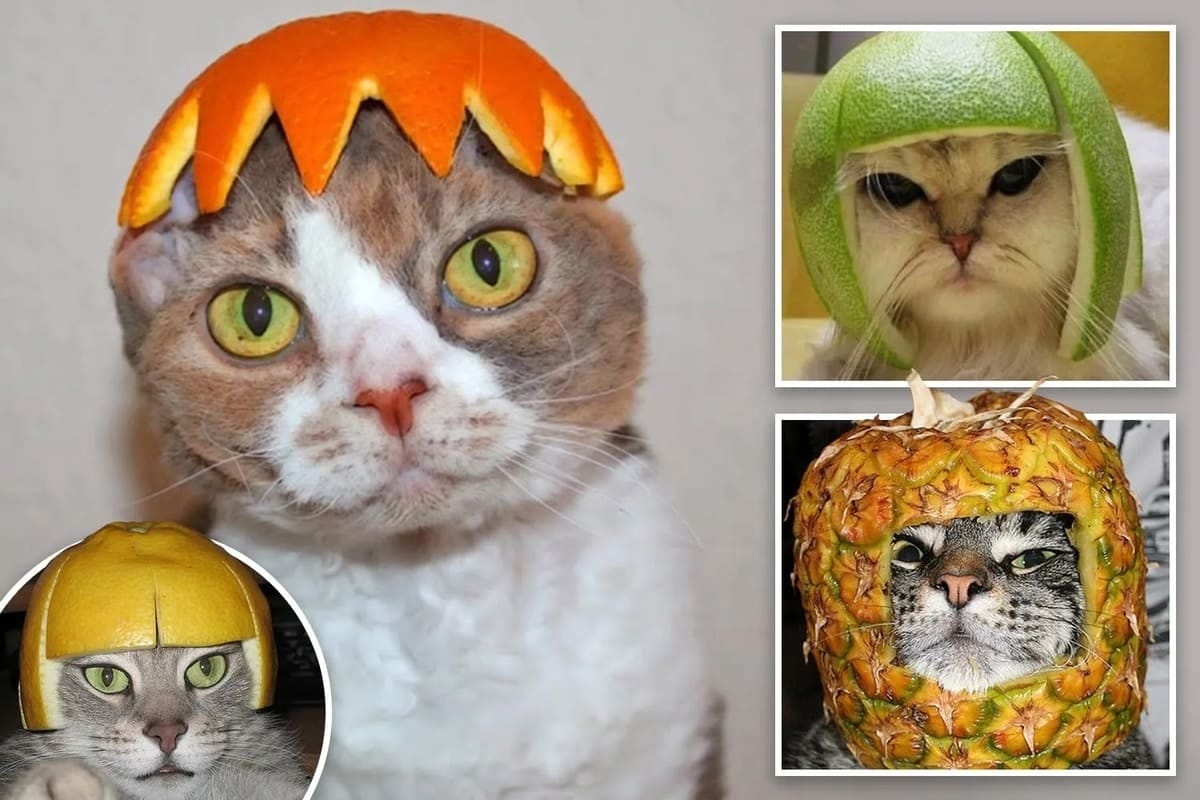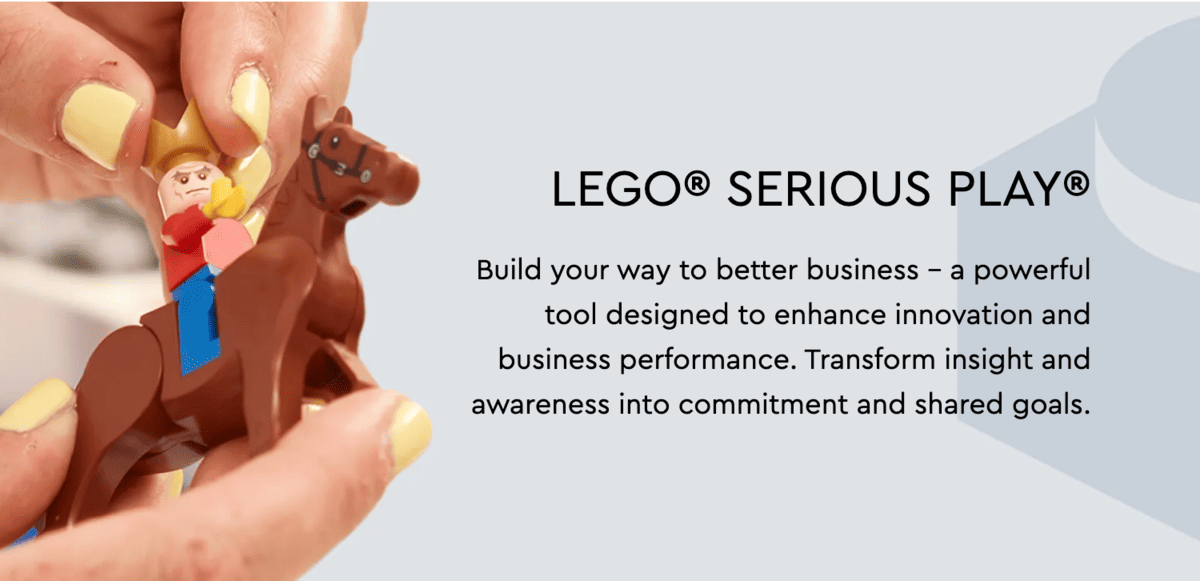- Untapped Newsletter
- Posts
- Dead Ideas Deserve a Second Life
Dead Ideas Deserve a Second Life
From silly ideas to serious play.

Neuroplasticity needs play.
When was the last time you played — not for productivity, not for performance — but for pure, unfiltered curiosity?
Hold the phone. Silliness with zero expectation for a result? If you can’t remember, you’re probably overdue. And your brain could use a tune-up.
This edition celebrates our silliness and covers why adults need to play (and where bad ideas need a second life…read to the end for that one).
Today’s post looks at:
INSIGHT: an unmet need right now
a need to incorporate one of the most powerful ways to rewire the brain: play!
INSPIRATION: an existing service in the market
a licensed program dedicated to structured creative play for adults
INNOVATION: my new creation/invention that meets this need
a happy place where your most playful (and useless) ideas can go to rest
Take a 5 Minute Break…

Source: “Puss in Fruits” internet meme
INSIGHT (what we need)
Play bridges the known and the possible.
Ah childhood — that luxury of time before responsibility sets in — where you would wake up without a sense of time or duty and jump out of bed to play. Because life was one big playground. Adulthood sets in and play is somehow relegated to a corner of being productive, or downright silly. But play is not frivolous; it’s fundamental to how we learn, create, and evolve.
Play is a change cocktail of chemicals.
When we play, our brain lights up in integrated ways that no other activity can replicate: triggering the same neurochemical cascades (dopamine, oxytocin, endorphins) that wire creativity, adaptability, and trust. The prefrontal cortex (our executive planner) loosens its grip, while the limbic system (our emotional core) and cerebellum (our coordination center) enter into dynamic conversation. This dialogue releases dopamine and BDNF (Brain-Derived Neurotrophic Factor), essential chemicals for neuroplasticity — the brain’s ability to rewire and grow new neural connections.
In other words, play is the lubricant of transformation.
Without it, self-development becomes rigid and brittle — like trying to dance tango with a leg brace on 💃🏻. When adults play, especially in contexts of uncertainty or problem-solving, they engage in “psychological flexibility” — the same adaptive quality linked to resilience, innovation, and creativity. This flexibility helps us suspend judgment long enough for new ideas to emerge. It’s why laughter, experimentation, and curiosity are not optional in innovation — they’re the neural preconditions for it. Think of play as the oil that greases the grooves of neuroplasticity so we can unstick old stories, form new habits, and meet change not with resistance, but with wonder.
Making your brain flexible.
Neuroplasticity, the brain’s ability to reorganize itself by forming new neural connections, thrives in conditions of novelty, safety, and joy. When we’re playful, we reduce the grip of the limbic system (our fear and survival center) and activate the prefrontal cortex — the region responsible for creativity, learning, and problem-solving. Dopamine spikes when we engage in open-ended, exploratory tasks, helping encode new neural pathways that make fresh insights and behavioral shifts more likely to stick.
Adults who consciously reintroduce play into their daily life activate what researchers call psychobiological flexibility: a state where body and brain move together through curiosity, instead of being held hostage by stress or perfectionism. This flexibility is what allows for change — the rewiring required to move from old, automatic reactions toward self-aware responses. Play allows us to open up to spaces and perspectives that were once outside of our normal way of being. It invites the nervous system to feel safe enough to explore — and that’s where breakthroughs are born because you suddenly realize something else is possible.
The key to transformation.
Creativity, in this sense, isn’t just about making something new. It’s about becoming something new. Play gives the nervous system permission to step outside the predictable — a crucial condition for lasting behavior change. Without it, even the best self-development programs risk becoming cognitive-only exercises that never reach the body, or meditative marathons that may require years of practice to open up to new insight. Instead, why not just dial up the play — where learning and integration occur quickly and naturally, like when we were sponges as kids.
How might adults give themselves more permission to play and treat it like a necessity in their daily lives as opposed to a frivolity?
INSPIRATION (what i want)
This one is an oldie but a goodie. And it has stood the test of time over 30 years.
LEGO Serious Play: a hands-on, minds-on methodology that uses metaphoric building to unlock team creativity and self-awareness.
In 1996, LEGO approached a problem that wasn’t about plastic bricks — it was about creative stagnation. In collaboration with Swiss psychologists and organizational theorists, they developed LEGO Serious Play to literally rewire the connectivity adults lose when it comes to exercising their creativity through mind-body connection.
The brilliance lies in its simplicity. By externalizing thought through the physical act of building, participants access tacit knowledge — the intuitive, subconscious knowing that doesn’t surface through words alone. Each piece of the model becomes a reflection of inner belief systems, challenges, or visions for the future. The play transforms into a dialogue between hand and mind, between what we think we know and what wants to be expressed.
Research shows that when people engage in tactile and imaginative exercises like this, they bypass the analytical brain and access deeper cognitive and emotional insights. The process triggers dopamine and endorphin release — reinforcing neuroplasticity and enhancing recall. It’s why play-based innovation sessions tend to produce more divergent ideas, deeper empathy, and unexpected breakthroughs.
LEGO Serious Play reminds us that play isn’t the opposite of work — it’s a way into making work more engaged and expressed.
INNOVATION (what i wish for)

Silly Graveyard (Mock Concept)
The Silly Graveyard: a digital playground where ridiculous ideas go to die (beautifully).
Any creative person I know, at any given time, has a basket of ideas (many bad) in their awareness. Ideas that may have once been ‘callings’ or mere experiments — nonetheless still exist in some cobweb-y corner of their computer.
Instead of tossing half-baked concepts or abandoned dreams into the void, The Silly Graveyard gives them a resting place. It’s an online portal where creators, founders, and thinkers can bury their “failed” ideas — not as waste, but as compost for future innovation.
Each user has their own plot — a personal graveyard of ideas. They can “bury” projects, name their tombstones (“Idea #12: The Edible Yoga Mat”), and even leave an epitaph about what the idea taught them.
Use The Silly Graveyard as a place to ‘lay your ideas to rest’ — no longer swirling in your brain as “what-ifs” but now in an interim place — expressed to one form of ‘completion’ without needing to exist in the world with utility.
A toggle lets you make your graveyard public — opening it up to other diggers, who can browse, comment, and even “resurrect” an idea that inspires them.
Every idea, no matter how absurd, contributes to the creative ecosystem where others can browse your dead ideas and poke you to bring it to life in new ways. The graves you dig could be a garden for someone else’s genius!
By honoring what didn’t work, we metabolize failure into insight. By sharing it, we transform ego-driven creation into collaborative play.
We don’t stop playing because we grow old;
we grow old because we stop playing.
Silly tombstones on my plot:
Fur - grooming salon with rescue cats: “get rid of yours and take care of theirs!”
Flower Toots - underwear that helps your farts “smell like flowers.”
Toilet Bomb - the tough dude way to clean a toilet with a mega-clean dunk.
Empathy Land - Disneyland where experiences are designed around others’ worldview (ie. left handlers / deaf / blind / special needs / animals / foreigners)
Tastebud Anesthesia - hijack your tastebuds for weightloss.
Slim Card - credit card that automatically doesn’t accept charges from polluting or unhealthy brands (add on any others you don’t want to support).
Fear Bond - a dating app where profiels share biggest fears / traumas and then sets up pairs on a fear-inducing date to bond them through trauma.
Empire Underwear - luxury skyscraper briefs for egos that want verticality.
Scalp vacuum - a vacuum hairbrush to clean what really needs sloughing.
Best Shit of Your Life - a program about ‘the way you poo says about you’.

Are you a founder or business leader who needs to quickly align on strategy, design from insight, or innovate a wellness solution?
Design sprints:
🔍 discover an inobvious insight
🎨 design a unique solution
🚀 launch with starter assets
Coaching sprints:
💎 clarity on your direction
🌊 consistency with your practice
🎯 accountability on your momentum

Reply